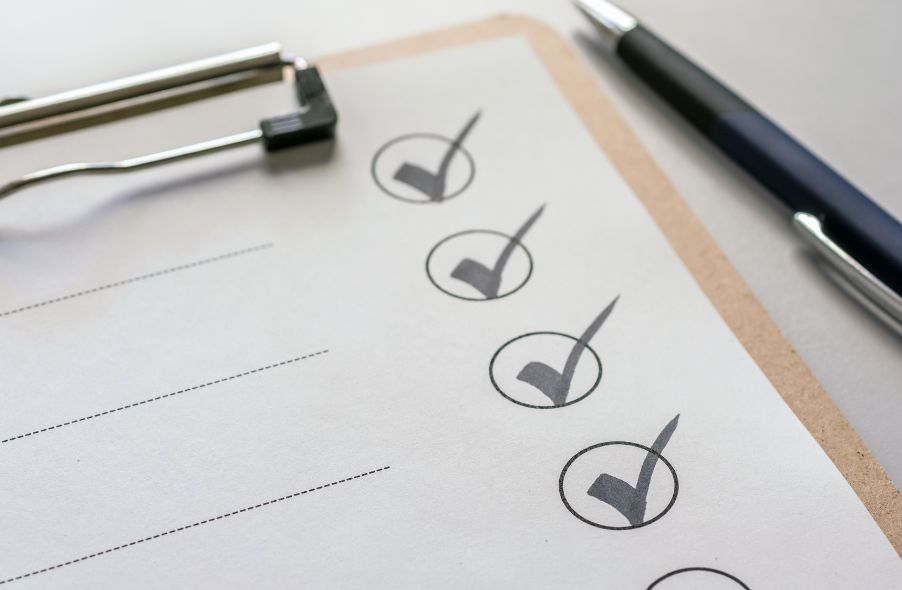Employee Stock Ownership Plans are a great way for employees to invest in their futures while participating in company stocks. An ESOP is a retirement plan that allows you to participate in stock ownership for your company. If you leave that company and retire, you can keep these funds using an ESOP rollover to an IRA.
Essentially, a rollover allows you to transfer the funds from the ESOP you had with your company to a different individual retirement account. This allows you to keep your retirement funds even when separating from a company, but how does it work? We’ll go over everything you need to know in this guide.
Is It Possible To Roll Over ESOPs to Any Type of IRA?
You can roll over your ESOP to a traditional or Roth IRA, but you must consider your tax responsibilities first.
ESOPs are tax-eligible plans, so if you roll these funds into a Roth IRA with tax-free distributions, you may have to pay taxes on your shares. Meanwhile, a traditional IRA has tax-free contributions, which means only your withdrawals are tax-eligible.
You can diversify your investments by setting up a gold or other precious metals IRA.
How Do ESOP Rollovers Work?

An ESOP typically pays out when you retire, and you can receive these funds in two ways: a lump sum or multiple payments. Instead of receiving a payout when they retire, some people prefer to roll this money over to another retirement account to continue preserving and growing their wealth. This is where the ESOP rollover to an IRA comes in.
An ESOP rollover allows you to move funds from your employer stock account to another retirement plan while taking advantage of various tax benefits. However, before you contact your plan administrator to start the process, you need to decide whether you want to use a direct or indirect rollover.
With a direct rollover, the funds go straight from your Employee Stock Ownership Plan to your individual retirement account. With the direct rollover process, your plan administrators essentially do everything for you, and you never touch the funds.
Meanwhile, an indirect rollover treats you as the middleman. Once you notify your ESOP plan administrator that you want to roll over your funds to an IRA, they send you the money from your ESOP. Then, you can use this money to fund your individual retirement account. Deciding between an indirect and direct rollover ultimately depends on how involved you want to be in the process.
Once you decide which route to take, you must notify your ESOP and IRA plan administrators. They will help you fill out the necessary paperwork and often do most of the work for you. To initiate the rollover process, you may need to provide information like your name, social security number, address, and birthdate.
How long the rollover process takes typically depends on your IRA company. You also may have to pay the IRA company certain setup fees.
Best Way To Roll Over an ESOP to an IRA
While rollovers work for traditional and Roth individual retirement accounts, some people prefer to roll over funds to a Roth IRA for tax-free distributions during retirement. However, if you prefer to roll over funds now without worrying about taxes, you may prefer a traditional IRA.
Either way, you need to keep in mind that making any withdrawals before the age of 59 and a half subjects you to a 10% tax penalty. However, if a company fires you, this age requirement drops to 55. It’s best to wait until this age to roll over your funds if you want to avoid the tax penalty.
Who Qualifies for an ESOP Rollover to an IRA?

Not everyone qualifies for an ESOP rollover to an IRA. You must meet certain age and employment requirements to roll over your ESOP funds to a traditional or Roth IRA.
Minimum Age and Service Requirements
We mentioned that making withdrawals before the age of 59 and a half subjects you to a 10% tax penalty. However, you may be ineligible for a rollover if you are younger than this and have not had your ESOP for over three years. In addition, to roll over your ESOP to an IRA, you must no longer work for the company that hosts the ESOP, and your account must have a minimum of $5,000.
What Are the Advantages of ESOP Rollovers?
ESOP rollovers can offer many benefits, the most significant being tax advantages. Rolling over your ESOP to an IRA can help you enjoy tax-deferred growth for your investments, which is crucial when planning a comfortable retirement. Additionally, IRAs are self-directed accounts, so moving your retirement funds gives you more control over your investment.
Are There Any Consequences When Rolling Over an ESOP Into an IRA?
![]()
As mentioned, you must meet various eligibility requirements for an ESOP rollover to an IRA. Otherwise, the consequences of the rollover may depend on the type of IRA.
For example, both ESOPs and traditional IRAs have tax-deferred contributions. Thus, rolling over your funds from one to the other within 60 days allows you to maintain this tax-deferred status. Then, your withdrawals from your traditional IRA have similar tax eligibility as ordinary income.
However, your tax responsibilities are slightly different if you roll over to a Roth IRA. This is because, with a Roth IRA, your IRS-defined contributions are tax-eligible, while your withdrawals are tax-free. The IRS considers your ESOP rollover a contribution to your Roth IRA, subjecting it to taxation.
To Sum Up
Employee Stock Ownership Plans are unique benefits that companies can offer employees to give them a stake in the company while contributing to their retirement fund. When the time comes to separate from your company, whether for retirement or other reasons, it’s worth considering rolling over your ESOP funds to an individual retirement account.
An ESOP rollover offers many advantages, such as giving you more control over your investment by putting your funds in a self-directed IRA and enjoying various potential tax advantages. Rolling over your funds and opening an individual retirement account also allows you to diversify your investment portfolio, but before starting the rollover process, you must answer two main questions:
- Do I want to open a traditional or Roth IRA?
- Do I want to use a direct or indirect rollover?
The type of IRA you roll funds over to can impact your tax-deferred status, so you should give this careful thought before finalizing anything. Meanwhile, deciding whether you want a direct or indirect rollover depends on your desired level of involvement.
Regardless, you typically need to wait until you are 59 and a half or are leaving your company and have had your ESOP for at least three years. With so many rules and potential tax requirements, the ESOP to IRA rollover process can seem complicated, so you should consult a financial advisor before altering your retirement plans.
If you want to learn more about an ESOP rollover to an IRA or how setting up a precious metals IRA can further diversify your investments, contact us at Learn About Gold to schedule a consultation.





